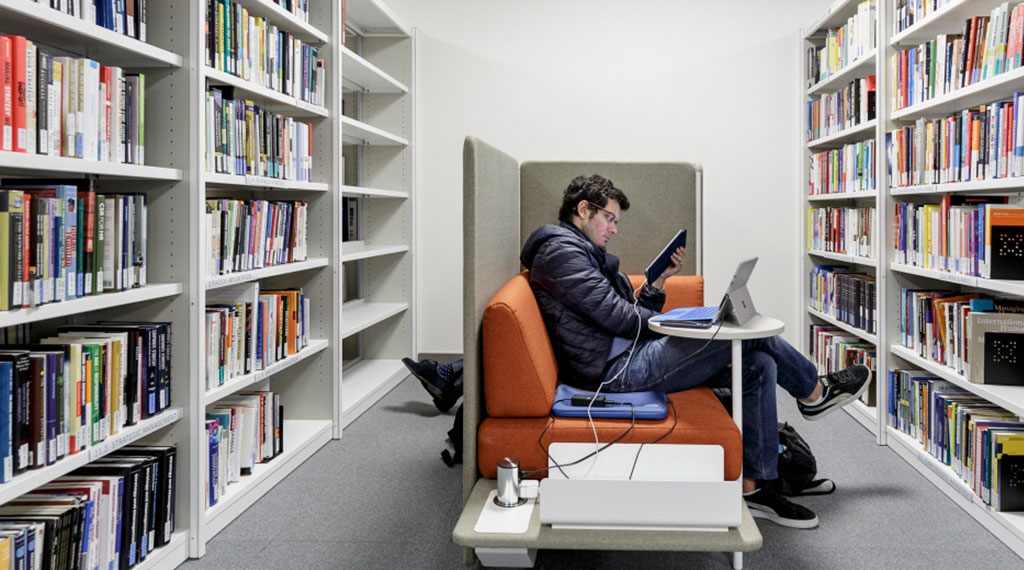Summary
Problem Definition
Travel cost is typically assumed to reduce the probability of choosing a given shopping destination. Increases in the cost, through higher sensitivity to distance, might however increase propensity to shop.
Methodology/Results
We develop an analytical model to explain such variations, which predicts positive impacts for the nearest shopping destinations. Using population-wide data sets of mall visits from four cities in two countries, we quantify that the COVID-19 pandemic increased the sensitivity to travel distance during the lockdowns of Spring 2020 by 35-115%, depending on the city; and by 3-60% during the reopening phases afterwards. We also identify the threshold-radius around which probability to visit increased due to a higher travel distance sensitivity. Besides temporal and location heterogeneity, customer characteristics and contextual factors that affect one’s ability to choose significantly influence travel distance sensitivity changes. Specifically, the COVID shock had a larger effect on the sensitivity to distance during weekends, non-rainy days, and for wealthier consumers.
Implications
Our model and empirical results help predict how future changes in travel cost will influence store footfall and customer mix by attracting more or less customers from different origins. The paper informs the debate around urban mobility policies and the future of physical stores and urban landscapes.
Objectives: We achieved what the intended at this stage: having the paper submitted at a top journal with a set of consistent results which are novel and relevant. The next steps are to get the paper published in a top journal and increase visibility.
Main conclusions
Consumers choose shopping destinations based on venue characteristics, and among them, distance has a primary influence because it directly drives the cost to access them. While the literature has suggested that an increase in travel cost would generally reduce shopping visits, we develop a choice model that predicts that consumers tend to substitute shopping at distant venues for nearby options. We exploit the natural shock brought by the COVID-19 pandemic, to empirically validate our theory, using population-wide data sets from four cities in two countries. Our model predicts that, in each geography, there is a threshold, in the order of 400 meters, below which visits have increased due to increased travel costs during the pandemic. To provide further evidence that this phenomenon is driven by customer choices, we show that ability to choose exacerbates the impact of travel cost increases, which we operationalize by considering consumer social class, weather conditions, and weekday vs. weekend shopping occasions.
Impact and outputs
Our research advances our understanding of consumer choices in the earlier stages of the purchase funnel, informs policy makers and managers on the effect of policies that affect mobility and travel costs, and provides insights for the design of store networks. Indeed, our model and empirical results help predict how future changes in travel cost will influence store footfall and customer mix by attracting more or less customers from different origins. This can inform the current, heated political debate about the survival of urban stores and the future of dense urban areas. Our results may help policy makers better understand the externalities of city planning decisions, mobility restriction policies, and public transportation access.
Specifically, our model predicts that, with mobility restrictions that increase travel costs, visitors from suburban origins will sharply fall, because they substitute city-center destinations for their local store; in contrast, local residents will find it harder to “escape” the city and thus opt for local options. Consequently, besides customer profile changes, the overall effect on footfall would depend on the population density distribution. Anecdotally, when the city center of Madrid, Spain, was closed to motor vehicles during 2019-2020, newspapers shared evidence that customer profile of local stores had changed due to an increase in visits of nearby customers and a decrease of distant customers. Finally, our results can also inform retail network design, providing a modeling tool to help evaluate the appropriate store density to attract consumers from different origins.
Publication process: Submitted to the journal Manufacturing and Service Operations Management.
Dissemination: Our working paper is available online (https://blog.iese.edu/martinezdealbeniz/files/2021/09/Shopping_Distancing_web.pdf).
I presented our work at the Marketing Science Conference 2022 organized by Chicago University. Also, I presented the work at IESE brownbag in Spring 2022. Potentially, I will also present at the AMA Summer Academic Conference 2023 and EMAC Conference in 2023.
Future research: We already identified an avenue to extend our work which we believe has high potential. This idea entails examining with customer data aggregated at segment level (typically for privacy reasons) to infer unique visitors, frequency of visits, and heterogeneous effects at a distribution level.
